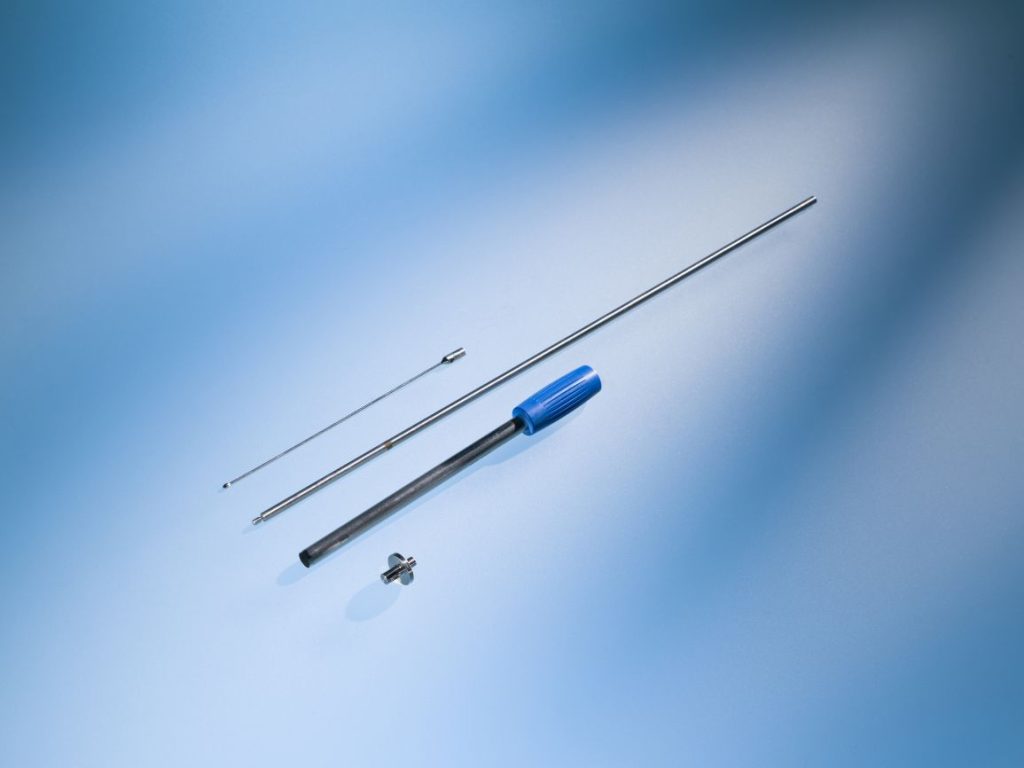FIXcision technique for perianal fistula teatment: Procedure & Benefits
A perianal fistula develops as a result of the creation of an abscess, that is, a cavity with pus in the opening of the anal canal. This abscess, if not treated in time, drains and turns into a fistula, i.e. a percutaneous tube that acts as an outlet for pus. This condition can occur in people of any age, with the same rate of occurrence in the male and female population. The symptoms of a perianal fistula significantly complicate the patient’s daily life, which is why they require surgical treatment. However, modern, painless techniques have been developed to treat the condition. These include the treatment with the FIXcision technique, which is applied with excellent success rates by the General Surgeons in Athens.
Surgery to treat anal fistulas with classic techniques has been quite time-consuming and painful for the patient until now. Modern surgery comes to solve this problem, with the revolutionary FIXcision technique. This treatment method makes the surgical treatment of perianal fistulas very fast, painless and bloodless, minimizing possible post-operative complications.
Symptoms of perianal fistula
Anal fistula can become quite painful as more than one can occur at the same time. The condition occurs with a fairly high frequency, as it is second in appearance after hemorrhoids. Patients with inflammatory bowel diseases such as Crohn’s disease have an increased chance of developing a perianal fistula. The condition is mostly caused by the blockage and development of inflammation in one of the anal glands, which then develops into an abscess. Other causes of abscess formation are extensive papillomas and anal warts, which then develop into a fistula.
An anal fistula can appear either individually, or several can develop together. They appear as tiny holes in the skin of the anal area, from which purulent fluid comes out. If the fistula is blocked, then an abscess develops again, which causes pain and discomfort to the patient, significantly hindering him in his daily life. The pain may be constant, and bleeding may occur in some cases. The only solution to get rid of these unpleasant symptoms is surgery. Delaying surgical treatment can in extremely rare cases create more serious problems, such as sepsis.
If the condition is not immediately treated surgically, the symptoms become progressively more intense. The unpleasant symptoms of the condition can be treated immediately and painlessly by the FiXcision technique. This treatment method provides the possibility of removing more than one fistula at the same time, without tissue excision or trauma, while at the same time eliminating the risk of post-operative incontinence.
What is the process of the FiXcision technique?
The FiXcision technique is a simple method that makes it possible to remove the epithelial tissue to effectively treat the periosteal fistula. It is performed under either local or general anesthesia, enabling the competent surgeon to perform excision and then targeted removal of the fistula with absolute precision, avoiding trauma to the surrounding healthy tissues.
In order to perform this specific technique, the course of the fistulous duct is first investigated. Next, a special instrument called a guide is inserted, which compresses the problem tissue, and then a circular blade is used, with which the problematic tissue is removed along the entire length of the fistula. Excision of the tissue with this circular movement is possible even in the case of large perianal fistulas. A special complete sterile instrument set is used to perform the FiXcision technique.
What are the advantages of the FiXcision technique?
This technique reduces the time of the operation and consequently the patient’s stay in the hospital, which allows a faster return to his daily life. The FiXcision technique is a painless and bloodless procedure that almost eliminates the possibility of recurrence of the condition in the future. At the same time, the risk of incontinence and other post-operative complications is eliminated. The patient is discharged from the hospital on the same day, there is no need to take special care or to change the wound, while the return to everyday life can take place from the very next day.


